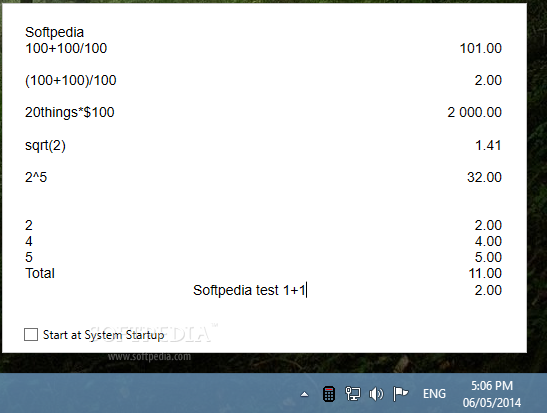

# Space: Type=Simple Dims=13714 Maxdims=Inf # Chunk: 1024 # Viewing a dataset in the 'row_attrs' group with S3 $ chaining # Space: Type=Simple Dims=2700 Maxdims=Inf # Viewing a dataset in the 'col_attrs' group with the double subset [[ To view datasets within groups, we can either use the double subset [[ or $ operators. # Space: Type=Simple Dims=2700 x 13714 Maxdims=Inf x Inf # Filename: /home/paul/Documents/Satija/pbmc.loom # Viewing the `matrix` dataset with the double subset [[ operator You can Interacting with loom objects is done in two ways: using the double subset [[ operator or the S3 $ sigil.
Numi r full#
# matrix H5I_DATASET 2700 x 13714 H5T_FLOATĪ loom object is a container for six sub-objects: one dataset ( matrix) and five groups ( layers, row_attrs, col_attrs, row_graphs, and col_graphs) you can read full details at the loom file specification. # Connect to the loom file in read/write mode

You can connect to an existing loom file (example here), create your own from an expression matrix using loomR::create, or create a loom file from an existing Seurat object using Convert (covered later in the tutorial). Unlike standard R objects that load all data contained within them into memory, loom objects are merely connections to a file on disk, which enables scaling to massive datasets with low memory consumption. Finally, we introduce initial steps in the Seurat workflow that enable direct compatibility with loom files, towards the goal of making Seurat fully HDF5-compatible in the near future.
Numi r how to#
This tutorial will walk through how to install loomR, interact with loom objects, take advantage of the chunking mechanisms built into loomR. Though still in development, loomR provides a way to access and interact with loom files from R. To complement loompy, we are introducing loomR: an R implementation of the loom API. They also released a Python API, called loompy, (full details can be found here) to interact with loom files. The Linnarson lab has developed an HDF5-based data structure, loom, to easily store single cell genomics datasets and metadata. Instead of storing data in memory, the HDF5 data format offers efficient, on-disk storage, that is scalable to massive datasets even >1M cells. We’ve noticed that, even when using sparse matrices, Seurat analysis can be challenging for datasets >100,000 cells, primarily due to difficulties in storing the full dataset in memory. As single cell datasets continue to grow in size, computational requirements are growing exponentially.


 0 kommentar(er)
0 kommentar(er)
